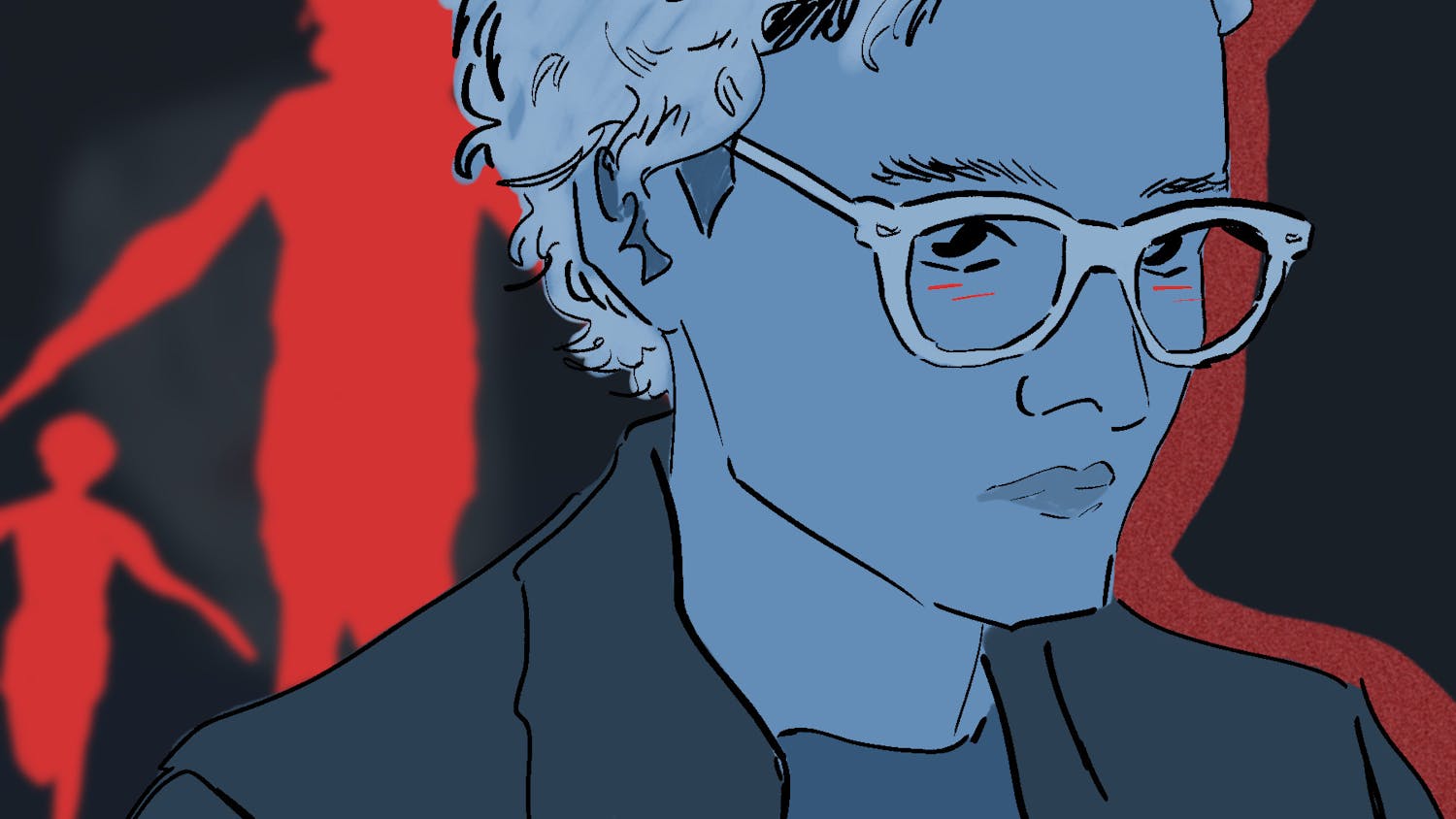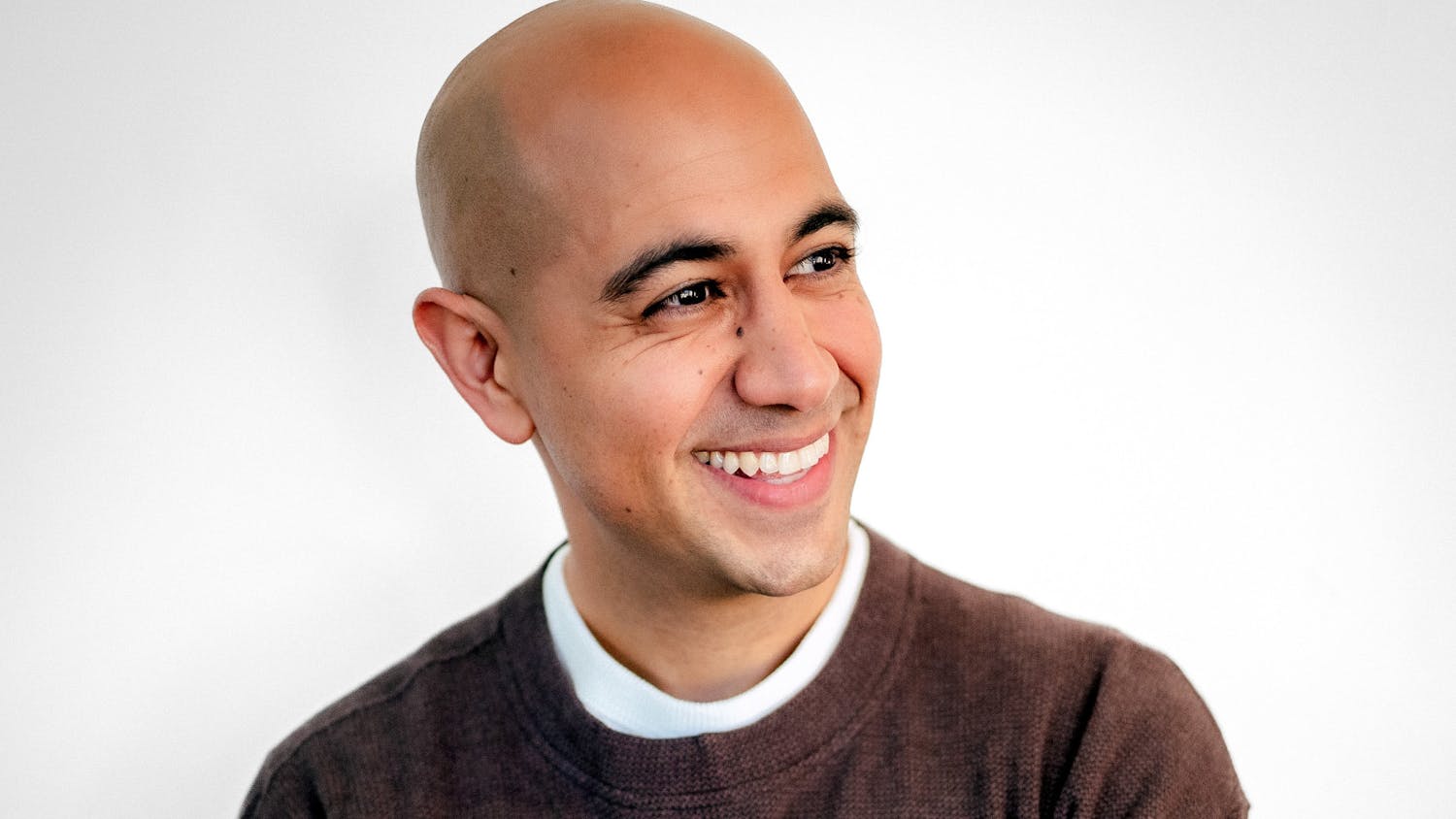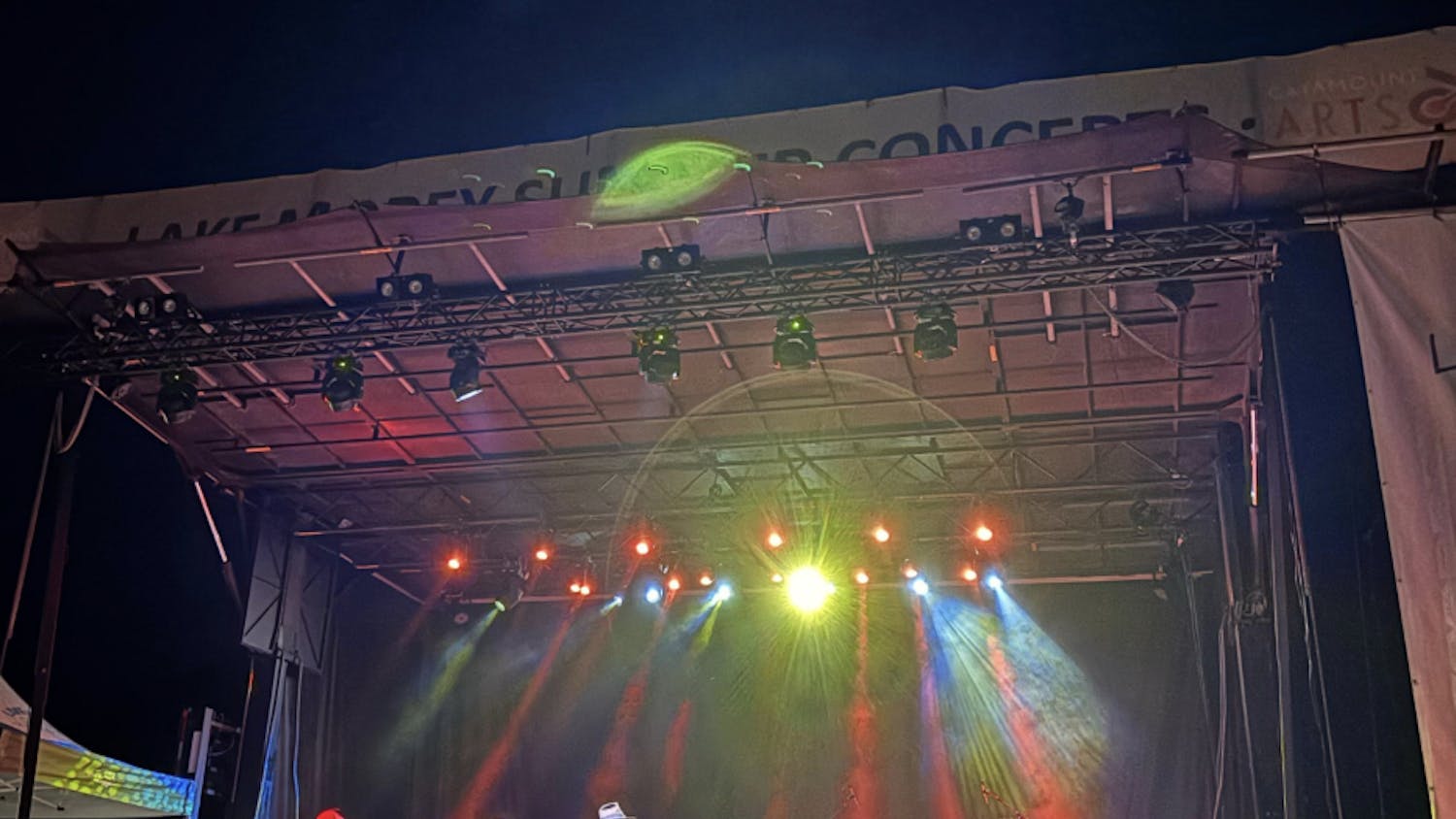Neon Indian's new album "Era Extraa," released Sept. 13, features driving synth kick-drums, Nintendo-like beeps and clicks and wall-of-sound instrumentals. With the soft filtered vocals of Alan Palomo, the album sounds like a brilliant union of shoegaze, chiptune and straight pop. It is more confident and takes more risks than 2009's "Psychic Chasms," an album that helped engender the genre known as "chillwave." Does Neon Indian's break from its original sound mark the death of the genre it helped create?
Blogger Carles of the website HipsterRunoff.com coined the term "chillwave" in the summer of 2009, He was referring to a highly synthesized lo-fi sound, rife with '80s electropop nostalgia and containing soft, filtered vocals. The three artists that emerged as the Holy Trinity of chillwave were Neon Indian, Toro y Moi and Washed Out. There was no city that fostered the emergence of a "chillwave scene" the artists labeled as such came from many different locations and were connected only through the musings of bloggers like Carles. Palomo once pointed out this fact in an interview, decrying what he saw as a non-genre he was unwillingly placed into. Others such as Chaz Bundick (better known as Toro y Moi) think the label ranges from harmless to helpful, as it allows people to hear of their music when they otherwise would not.
Yet since the word "chillwave" was first posted and spread, chillwave bands seem to have strayed from the category's original criteria. Toro y Moi turned in his synths and samplers for live instruments to produce February's release "Underneath the Pine." The funky and fleshed-out sounds of "Underneath the Pine" are markedly not chillwave, although they retain some of chillwave's core elements at times. The album seems to present a more realized sound than "Causers of This," the artist's first and more stylistically chillwave record, produced only a year before.
Washed Out's new album, "Within and Without," was released in July. It is his first studio album, and already shows an evolution from his earlier sound. His instrumentation is layered, diverse and seems to sound less "washed out," though the signature soft vocals are still there.
Carles, still feeling an obligation to the genre he helped popularize, posted an article last year in which he states, "Maybe I should do more to keep [chillwave] alive' and box more artists into the genre. Maybe it would be good for their careers. Maybe it will lead to the chillwave bubble bursting' hard." What follows is a list of artists that can be considered "chillwave," deemed as such by the genre's patriarch himself. By describing one band as "post-chillwave modern new age lofi pop core," it seems even Carles has conceded that chillwave has become chaotically more complicated than it once was. Not to mention that this was posted almost a year before Neon Indian, Toro y Moi and Washed Out released their newest albums. Yet Carles acknowledges that even he is uncertain about the future of the genre. He ends his post with a list of questions, among which are "Is chillwave dead?"
Whether chillwave is still alive seems to be overshadowed by a larger question was it ever alive in the first place? Was it simply the product of a loose and clumsy connection made by one person that simply got out of hand? Listening to the sounds of yesteryear's chillwave, however, one cannot help but think Carles was onto something. Perhaps in this age of the blogosphere, a sound does not need a "scene" or even more than 15 minutes of real solid existence to be a genre. The collective hipster unconscious is a fleeting and mystifying thing. Kudos to those who even come close to mapping it, as Carles once did.



